Mesha Sankranti, an occasion of immense spiritual and cosmic significance, marks the Sun’s grand transition into Mesha Rashi (Aries), heralding the beginning of the new solar year in the Hindu calendar. In the year 2026, this divine event falls on Tuesday, April 14th , infusing the universe with fresh energy, celestial auspiciousness, and the promise of new beginnings. Across India and Nepal, this sacred transition is observed with deep reverence, recognized under different regional traditions- Puthandu in Tamil Nadu, Vishu in Kerala, Pana Sankranti in Odisha, and Baisakhi in Punjab. In Vedic tradition, this moment is considered highly meritorious, marking the onset of Vaishakha Masa, a period sanctified for devotion, charity, and righteous actions. The Sun, regarded as the divine sustainer of life, moves into its exalted position, radiating strength, vitality, and cosmic balance, symbolizing a renewed journey towards spiritual enlightenment.
Scriptures extol Mesha Sankranti as a time when the cosmic energies realign, allowing devotees to harmonize their spiritual consciousness with the Sun’s radiant force. The festival not only signifies a physical and astrological transformation but also embodies the eternal rhythm of life, encouraging individuals to embrace positivity, transformation, and righteous living. As the Sun ascends in strength, illuminating the universe with its divine brilliance, Mesha Sankranti stands as a testament to new possibilities, cosmic renewal, and the boundless power of light over darkness.
Significance & Importance of Mesha Sankranti
Mesha Sankranti is not merely a celestial event but a divine confluence of cosmic energies, marking the Sun’s transition into Mesha Rashi (Aries)-the first sign of the zodiac. This momentous occasion heralds a new solar cycle, signifying the eternal rhythm of time (Kala Chakra) and the primordial dance of creation, sustenance, and transformation. The Sun, revered as Surya Deva, the divine illuminator of truth and consciousness, moves into its exalted position, radiating boundless vitality and auspiciousness. Scriptures extol this transition as the rekindling of cosmic order (Rta), where the divine energy of the Sun purifies existence, dispelling ignorance, stagnation, and karmic burdens. It is a sacred juncture when the material and spiritual realms align, offering an opportune
moment for self-transcendence, spiritual renewal, and inner awakening.
Festival Date, Time & Muhurat
Mesha Sankranti will be observed on Monday, April 14, 2026.
This day signifies the beginning of the New Year in various regional Hindu solar calendars.
Key Timings for Mesha Sankranti 2026:
Mesha Sankranti on Tuesday, April 14, 2026
Mesha Sankranti Punya Kala - 06:22 AM to 01:50 PM
Duration - 07 Hours 27 Mins
Mesha Sankranti Maha Punya Kala - 07:33 AM to 11:44 AM
Duration - 04 Hours 11 Mins
Mesha Sankranti Moment - 09:39 AM
Mesha Sankranti is celebrated across various regions in India under different names:
Puthandu:
Tamil Nadu.
Vishu:
Kerala.
Vaisakhi:
Punjab.
Pana Sankranti:
Odisha.
Pohela Boishakh:
West Bengal.
Please consult local sources or a regional Panchang for precise timings and practices specific to your area.
The Divine Realignment of Cosmic Forces
Vedic astrology holds Mesha Sankranti in the highest regard, as it marks the commencement of Surya’s journey through the twelve zodiac signs, a cycle deeply intertwined with the dynamics of karma, destiny, and dharma. The Sun, symbolic of Atman (the Supreme Self), ascends to its full potency, illuminating the path of righteousness (Dharma Marga) for all beings. This period is known as Punya Kaal, a time when spiritual austerities, acts of self-discipline, and devotional offerings yield immense karmic rewards. The movement of the Sun into Aries signifies a surge of cosmic prana (life force energy), influencing the mind, body, and soul, fostering clarity, courage, and higher wisdom. It is believed that those who dedicate themselves to tapasya (spiritual discipline), Dana (selfless giving), and bhakti (devotional surrender) during this sacred transition accumulate divine grace and inner strength, enabling them to break free from lower tendencies and embrace a life of higher consciousness.
Sacred Rituals and the Path of Self-Purification
The observance of Mesha Sankranti is deeply rooted in the ancient traditions of purification, gratitude, and alignment with divine vibrations. On this day, devotees rise before dawn and perform ritualistic holy baths (Snana) in sacred rivers such as the Ganga, Yamuna, and Godavari, symbolizing the cleansing of sins and the renewal of spiritual purity. Offering Arghya (water oblations) to Surya Deva at sunrise is considered a sacred act of surrender, where one invokes divine radiance, inner clarity, and auspiciousness. Dana-Punya (charitable giving) is emphasized in scriptures, as acts of generosity—whether in the form of food, clothes, or financial aid—bestow immeasurable merit and invoke divine blessings. Many observe fasting (Upavasa) as a means to detoxify the body, discipline the senses, and attune themselves to higher spiritual vibrations. This day also marks the beginning of Vaishakha Masa, a highly sanctified period for spiritual pursuits, where engaging in japa (mantra chanting), meditation, and recitation of sacred scriptures enhances one’s connection with the supreme cosmic force.
The Inner Symbolism: Awakening the Light Within
Beyond the rituals and astrological significance, Mesha Sankranti serves as a profound reminder of the eternal journey of the Soul (Jivatma) towards self-realization. Just as the Sun moves into Aries, dispelling the inertia of the past and igniting the fire of new possibilities, so too must every seeker strive to transcend their limitations, embrace divine wisdom, and walk the path of righteousness with renewed determination. The Sun, as the cosmic eye of the universe, represents truth, consciousness, and the ultimate source of life, urging beings to rise above ignorance and embrace the brilliance of their higher self. Mesha Sankranti is a call to align with one’s dharma, to cultivate inner purity, and to seek the divine light within, for just as the Sun’s radiance sustains all existence, so too does the inner light of the soul sustain one’s spiritual evolution. Through devotion, selfless service, and unwavering faith, this festival becomes a sacred opportunity to synchronize with the cosmic will, dissolve past karmas, and embark upon a new cycle of spiritual growth, wisdom, and divine grace.
The Legend of Mesha Sankranti Festival
Among the various legends associated with Mesha Sankranti, the most widely revered is the story of Surya Deva’s exaltation in Mesha Rashi (Aries), symbolizing the divine renewal of cosmic energy and the dawn of a new solar cycle. This legend emphasizes the supreme power of the Sun God (Surya Deva) and his role as the sustainer of life, cosmic order (Rta), and spiritual illumination.
According to Vedic cosmology, the Sun undergoes a grand transition as it moves into Mesha Rashi (Aries), its sign of exaltation, marking the most auspicious time for cosmic alignment and spiritual purification. Scriptures state that when Surya Deva enters Aries, he attains his highest strength, radiating supreme energy, vitality, and divine brilliance, ensuring prosperity, renewal, and the awakening of higher consciousness in the universe. This celestial shift is believed to balance the forces of nature, rejuvenate the earth, and open a new phase of dharma and righteous action.
The Symbolism: A Call to Inner Awakening
This legend teaches that just as the Sun reaches its peak strength and radiance during Mesha Sankranti, so too must individuals strive to awaken their inner light, overcome lethargy, and embrace the path of self-discipline, wisdom, and righteousness. The Sun represents the Atman (Supreme Self), the eternal source of truth and divine consciousness, and its exaltation in Aries symbolizes the soul’s journey toward enlightenment and spiritual realization.
The legend of Surya Deva’s exaltation inspires devotees to engage in sacred rituals such as Surya Arghya (offering water to the Sun), Snana (holy baths in sacred rivers), and Dana-Punya (acts of selfless charity) to purify themselves and align with the Sun’s divine blessings. It is believed that those who worship Surya Deva on this day receive immense strength, prosperity, and spiritual clarity, making Mesha Sankranti one of the most powerful occasions for inner transformation and cosmic renewal.
The exaltation of Surya Deva in Aries remains the most significant celebrated legend of Mesha Sankranti, serving as a timeless reminder of the Sun’s divine power, the renewal of energy, and the boundless potential of light over darkness.
How to celebrate Mesha Sankranti
Mesha Sankranti, the celestial event marking the Sun’s grand transition into Mesha Rashi (Aries), heralds the commencement of the Hindu Solar New Year. The festival symbolizes new beginnings, abundance, and divine blessings, making it an ideal time for prayers, charity, and joyous feasting.
Begin the Day with a Holy Dip
The first rays of the Sun on Mesha Sankranti are believed to carry immense spiritual energy. Taking a sacred bath in holy rivers like the Ganga, Yamuna, or Godavari purifies the body and soul, washing away past sins and ushering in positivity. If visiting a sacred river isn't possible, a bath at home with a few drops of Gangajal (holy water) is equally auspicious.
Perform Surya Arghya (Sun Worship)
Since this festival is dedicated to Bhagwan Surya (the Sun God), offering Arghya (water) to the rising Sun while chanting the Gayatri Mantra or the Surya Ashtakam is believed to grant vitality, prosperity, and success. Devotees also light oil lamps and offer red flowers, jaggery, and wheat grains to Surya Bhagavan.
Visit Temples & Offer Special Prayers
Pilgrimages to Sun temples like Konark in Odisha, Modhera in Gujarat, and Suryanar Kovil in Tamil Nadu are considered highly meritorious on this day. Devotees also worship Bhagwan Vishnu, Goddess Lakshmi, Bhagwan Shiva, and Hanuman, seeking divine blessings for health, wealth, and happiness.
Prepare & Share Traditional Foods
Food plays a crucial role in Mesha Sankranti celebrations! Different regions prepare their own unique delicacies, such as:
- Pana Sharbat (Odisha) – A refreshing drink made of jaggery, mango, black pepper, and yogurt.
- Chana Sattu (Bihar) – Roasted gram flour mixed with water and jaggery for strength and vitality.
- Payasam (Kheer) (South India) – A sweet dish made of rice, milk, and jaggery.
- Pachadi (Tamil Nadu) – A unique dish symbolizing life’s various emotions with ingredients like raw mango (sour), jaggery (sweet), neem (bitter), and tamarind (tangy).
Engage in Charity (Daan-Dharma)
Mesha Sankranti is one of the most auspicious days for donating food, clothes, and essentials to the underprivileged. Offering sesame seeds (til), grains, jaggery, and cows to Brahmins and the needy is believed to bring immense punya (spiritual merit). Many also donate gold and land, following the ancient Hindu tradition of Annadaan (food donation).
Perform Havan and Sankranti Puja
Lighting a holy fire (havan) and offering oblations of ghee, sesame, and barley into the sacred flames appeases the planetary forces and removes negative karma. Special Sankranti Puja is performed to welcome the divine transition of the Sun, bringing peace and prosperity to the household.
Rejoice with Festivities & Cultural Programs
Across India, Mesha Sankranti is marked with grand processions, vibrant fairs, and cultural performances. Traditional Bihu dance (Assam), Gidda and Bhangra (Punjab), and Pookalam decorations (Kerala) add a joyous flavor to the festivities. Families gather to exchange greetings, strengthen bonds, and invoke divine blessings for the year ahead.
Mesha Sankranti is a cosmic invitation to reset, refresh, and realign our lives with positivity and divine grace. By performing simple yet meaningful rituals, we embrace the profound wisdom of Sanatana Dharma, ensuring health, happiness, and prosperity for ourselves and our loved ones. So, as the Sun moves into Aries, let your mind shine with clarity, your heart glow with love, and your soul radiate with divine blessings. Celebrate Mesha Sankranti with faith, devotion, and enthusiasm, and welcome a year filled with abundance and auspiciousness!
Mesha Sankranti Festival Puja Vidhi (Puja Procedure)
- Early Morning Rituals: Begin the day early, ideally before sunrise, as it is considered the most auspicious time for the puja. Take a bath, preferably using holy water (Gangajal) if available, to cleanse your body and mind. Wear clean clothes and sit in a clean, quiet space for the puja.
- Setting Up the Puja Area: Clean the puja area and set up a small altar. Place an idol or image of Bhagwan Surya (the Sun God) at the center. You can also place idols of Bhagwan Vishnu, Bhagwan Shiva, and Goddess Lakshmi. Light a small lamp (diya) and incense sticks to purify the space.
- Offering Prayers to the Sun: Start by offering water (Arghya) to the rising Sun. Hold a copper or silver vessel filled with water, add a few red flowers, and chant the Gayatri Mantra or the Surya Ashtakam as you offer the water. This is the most significant part of the puja.
- Worshiping with Offerings: Offer red flowers, til (sesame seeds), and jaggery to Bhagwan Surya. You can also offer wheat grains and raw rice as a symbol of abundance. Light incense sticks and offer prayers for health, prosperity, and success.
- Offering Til and Jaggery: One important tradition on Mesha Sankranti is to offer til (sesame seeds) and jaggery to the Sun, symbolizing the destruction of sins and the beginning of a fresh, prosperous year.
- Chanting Mantras: Recite the Surya Mantra (Om Suryaya Namah) and other relevant mantras such as Aditya Hridayam for blessings. If you have a panchang or calendar, follow the auspicious timings and recite the mantras during the designated Punya Kaal Muhurat.
- Charity and Donations: Mesha Sankranti is a time for giving. Donating til (sesame), jaggery, grains, and clothes to the poor or to a temple is highly beneficial. You may also donate water or food to the needy.
- Concluding the Puja: After the rituals, sit peacefully for a few minutes to meditate and offer gratitude. Conclude the puja with a final prayer to the Sun, asking for divine blessings of health, wealth, and prosperity for yourself and your family.
By following these simple steps with devotion and sincerity, you can make the most of Mesha Sankranti and invite blessings into your life for the year ahead.
Mesha Sankranti Puja Mantras
Here are the key mantras for Mesha Sankranti Puja, dedicated to Bhagwan Surya (the Sun God):
Surya Mantra
This is the primary mantra for offering prayers to the Sun:
ॐ सूर्याय नमः।
Om Suryaya Namah
Surya Gayatri Mantra
The Gayatri Mantra is a powerful and universal prayer, and chanting it while offering prayers to the Sun is highly auspicious.
ॐ भूर् भुवः स्वः।
तत्सवितुर्वरेण्यम्।
भर्गो देवस्य धीमहि।
धियो योनः प्रचोदयात्।
Om Bhur Bhuvah Swaha,
Tat Savitur Varenyam,
Bhargo Devasya Dhimahi,
Dhiyo Yonah Prachodayat.
Aditya Hridayam Mantra
This is a dedicated mantra from the Aditya Hridayam hymn, recited to invoke the blessings of Bhagwan Surya:
नमोऽस्तुते सर्वपापप्रणाशनाय।
नमः सूर्याय शान्ताय सर्वरोगनिवारणाय।
नमः कालात्मने शान्ताय सर्वशत्रुविनाशनाय।
Namostu te sarvapapapranashanaya,
Namah Suryaya Shantaya, Sarvaroganivaranaya,
Namah Kaalatmane Shantaya, Sarvashatravinashanaya.
Mesha Sankranti Vrat Vidhi (Fasting Procedure)
On Mesha Sankranti, devotees observe a fast to honor the Sun’s transition into Aries (Mesha Rashi), which is believed to bring prosperity and spiritual benefits. The fast can be partial or complete, depending on one's health and comfort level. In the partial fast, devotees may consume fruits, milk, and nuts, while in a complete fast, they abstain from all food and water. It is essential to maintain a pure and focused mind throughout the day to gain the full spiritual benefits of the fast.
The fast typically begins early in the morning, before sunrise. Devotees are encouraged to take a bath and prepare themselves mentally and physically for the day. During the fast, it is important to stay hydrated if consuming only fruits and milk. If observing a complete fast, it is advised to rest, meditate, and focus on prayers to ensure the fast is spiritually meaningful. Avoiding any negative thoughts or actions is key to the effectiveness of the fast.
The fast is broken after Punya Kaal Muhurat , which occurs after sunrise. Traditionally, devotees break their fast with sesame seeds (til), jaggery, and fruits, which are symbolic of renewal and prosperity. After breaking the fast, engaging in acts of charity, such as donating food or clothes, is considered highly beneficial. The fast is completed with a prayer of gratitude, seeking blessings for health, wealth, and spiritual growth in the coming year.
Mesha Sankranti Vrat Katha (Traditional Fasting Story)
In ancient times, during the reign of King Shibi, there was a sage named Sage Kashyapa, who was revered by all for his wisdom and kindness. One day, Sage Kashyapa was performing a grand yajna (sacrificial fire ritual) to please the gods and to ensure peace and prosperity for the kingdom. However, despite his devotion, the Sun God, Bhagwan Surya, appeared before him, looking troubled and distressed.
Sage Kashyapa, concerned, asked Bhagwan Surya, 'Why do you seem so troubled, O mighty Sun? You bring light and life to the world, yet your own heart seems heavy.'
Bhagwan Surya, with a sad expression, replied, 'O wise sage, I am burdened by the sins of mankind. Though I illuminate the world every day, the people have grown selfish. They fail to see the blessings I offer them. To cleanse myself of these burdens and to seek a new beginning, I must journey into the sign of Aries, the Mesha Rashi, where I will find renewal. But even as I leave, I know that the people need to learn the value of self-purification and repentance. It is only through fasting and devotion that they can ease my troubles.'
Upon hearing these words, Sage Kashyapa knew that the people of the kingdom must observe Mesha Sankranti Vrat—a fast to honor Bhagwan Surya’s transition into Mesha Rashi. He declared a royal proclamation, urging every citizen to observe the fast with utmost sincerity and devotion.
The story of a devoted brahmin woman, who lived in a nearby village, became an example for everyone. She was a simple woman, known for her deep faith in Bhagwan Surya. Upon hearing the king’s proclamation, she decided to observe the fast. She ate nothing but fruits and drank only milk, and her days were spent in prayer and meditation, offering water to the rising Sun every morning. On the day of the fast, she was tested when a beggar came to her door, seeking food. Without hesitation, she offered him the fruits she had collected for the day, despite her own hunger.
As the days passed, her devotion and kindness reached the heavens. Bhagwan Surya, noticing her sincerity, decided to bless her abundantly. He appeared before her in the form of a radiant golden chariot, accompanied by his celestial servants. The woman, overwhelmed with devotion, offered her prayers to Bhagwan Surya, who, in turn, blessed her with an eternal source of prosperity and health.
Bhagwan Surya spoke to her, 'Your devotion and selflessness during the Mesha Sankranti Vrat have pleased me greatly. From today onward, you will be blessed with wealth, good health, and peace. Your family will prosper, and your name will be remembered for generations as a true example of devotion and charity.'
Thus, from that day forward, the people of the kingdom began to follow the Mesha Sankranti Vrat, offering prayers, fasting, and giving to the needy, just as the devoted woman had done. The fast became a tradition, celebrated annually to honor Bhagwan Surya’s journey into Aries.
It is said that anyone who observes this fast with sincerity, humility, and charity will receive the divine blessings of Bhagwan Surya—health, prosperity, and spiritual growth. This is the essence of the Mesha Sankranti Vrat Katha, a story that teaches us about the power of devotion, selflessness, and the importance of purification, both of the body and soul.
Puja Utensils, Essentials
Rudra Centre brings an extensive collection of Puja Articles which caters to all that is required for daily and special Puja Vidhis. We offer variants of designs and sizes in each category. The list includes handcrafted Puja Mandirs, Puja Pedestals, offering Bowls, Panchpatra, intricately carved Puja Thalis, Abhishek Vessels, in different materials, Pure Silver/German Silver articles like Kalash, set of Shodash Upachara and Several other Puja Articles, which we deliver at your doorstep.
12 Mukhi (Face) Nepali Rudraksha
The 12 Mukhi Rudraksha is associated with brilliance, intelligence, radiance and power. It is ruled by Bhagwan Surya and the planet Sun. Thus, the wearer of the 12 mukhi rudraksha is blessed with self-assurance, leadership qualities, strength, and vitality. The 12 mukhi rudraksha is associated with name, fame and power. It is useful for those wanting to get rid of stress, anger, greed, worries, co-dependency and low self-esteem. The 12 mukhi rudraksha balances the Manipura chakra.
Visit our Exclusive Collection
Surya Sun Grah Puja Mantra Japa and Yagna
As a source of light, warmth, and life, He is worshipped as Surya Narayana for good health, vitality, prosperity, and success. Worship of the Sun is deeply rooted in Hindu culture and rituals, with dedicated prayers and hymns that express reverence and gratitude for the Sun's blessings. The Sun is also associated with knowledge, wisdom, and enlightenment. By offering prayers and meditating on the Sun, devotees attain spiritual and physical well-being, as well as gain clarity of mind and a deeper understanding of life.
Puja service includes: Kalash Sthapana, Panchang Sthapana(Gauri Ganesh, Punyavachan, Shodash Matrika, Navgraha, Sarvotabhadra), 64 yogini Pujan, Shetrapal Pujan, Swasti Vachan, Sankalpa, Ganesh Laxmi Pujan and Abhishek, Navgraha Pujan, Invocation of major Gods and Goddesses in Kalash, Surya Idol and Yantra Abhishek and Pujan, Surya Kavacham and Surya Strotra recitation, multiple recitations of Surya Mantra, Surya Havan (including 108 ahutis of Ark wood), Surya shanti donation in temple, Brahmin Bhojan.
Rudra Centre Puja Services is the oldest and most trusted Online Puja Services provider in the world. Over 20 years we have organized Yagnas, Pujas, Homas and Kathas like Ati Rudra Mahayajna, Sahasra Chandi Homa, Akhand Ramayan Paath, Shiva Maha Puran Katha, 4 Prahar Mahashivratri Mahapuja with teams of 100’s of curated priests for the benefit of mankind and our global clientele.
Conclusion
Mesha Sankranti is a profound festival that marks the Sun's entry into Aries, symbolizing a fresh beginning and the triumph of light over darkness. It is a time to purify the soul and body through fasting, prayer, and devotion to Bhagwan Surya, the giver of life and energy. The observance of this day fosters spiritual renewal and encourages a deeper connection with the divine forces. As devotees offer prayers, perform rituals, and engage in acts of charity, they seek blessings for prosperity, health, and success. This festival serves as a reminder to embrace virtues such as selflessness, humility, and gratitude, aligning oneself with the cosmic rhythm of the universe.
At its core, Mesha Sankranti is a celebration of transformation and positive change. The fast and prayers represent a commitment to starting anew, shedding negativity, and welcoming divine blessings. By participating in this sacred occasion, individuals invite abundance into their lives and strengthen their bond with the universe. The festival embodies the spirit of renewal and growth, guiding individuals toward a life of clarity, peace, and spiritual fulfillment, while encouraging generosity and compassion for others.


-in-Astrology.jpg)

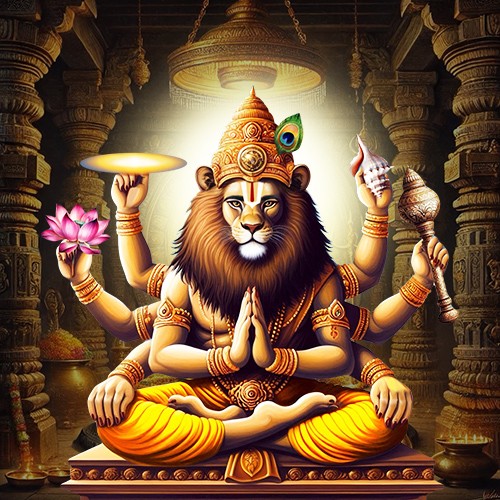
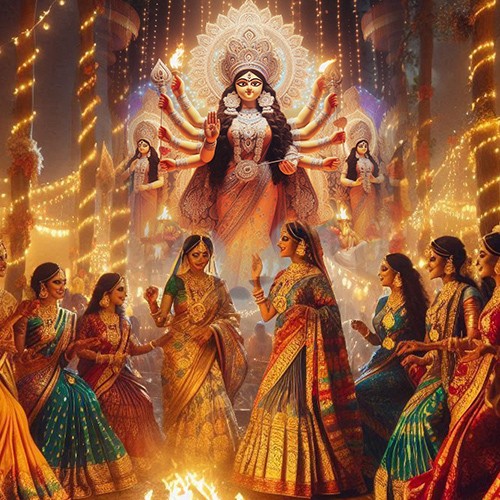
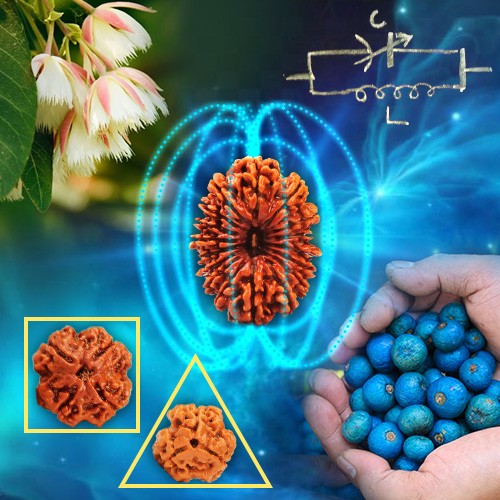


.jpg)
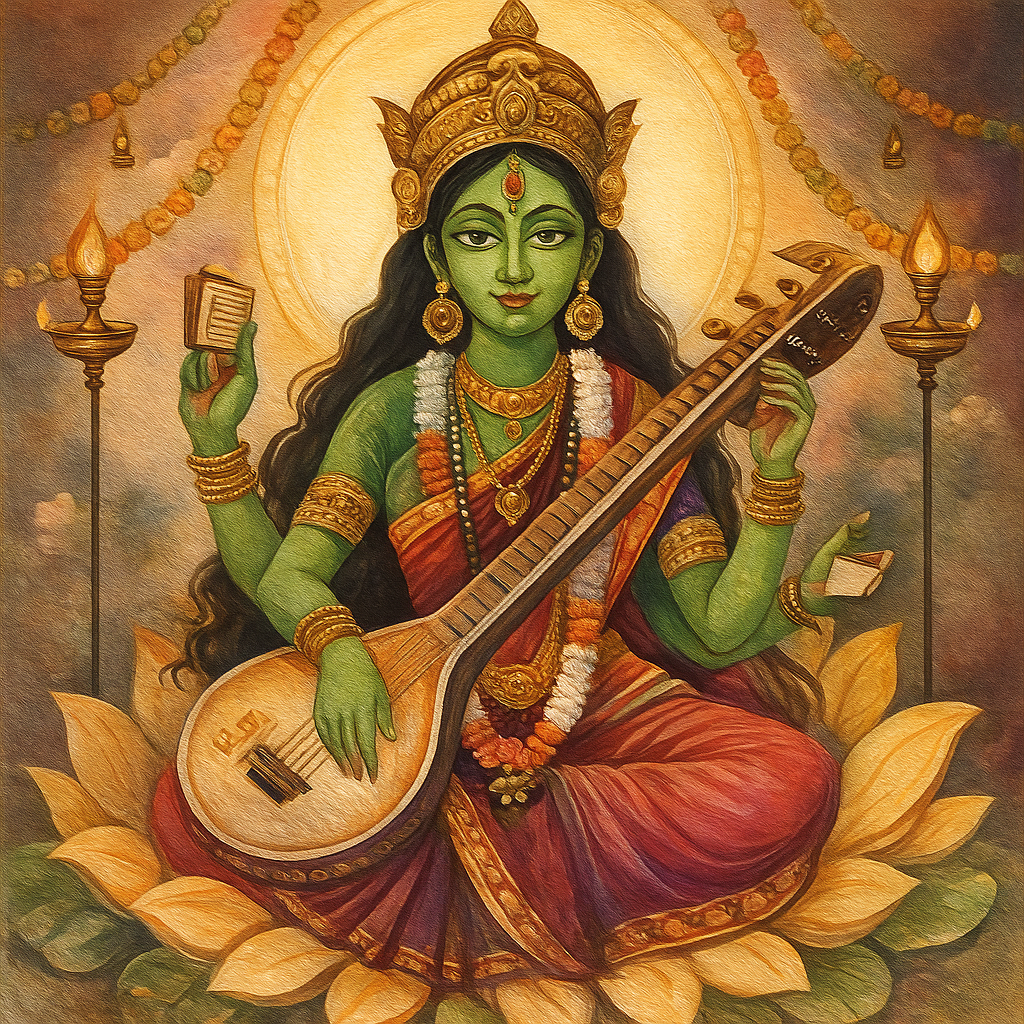
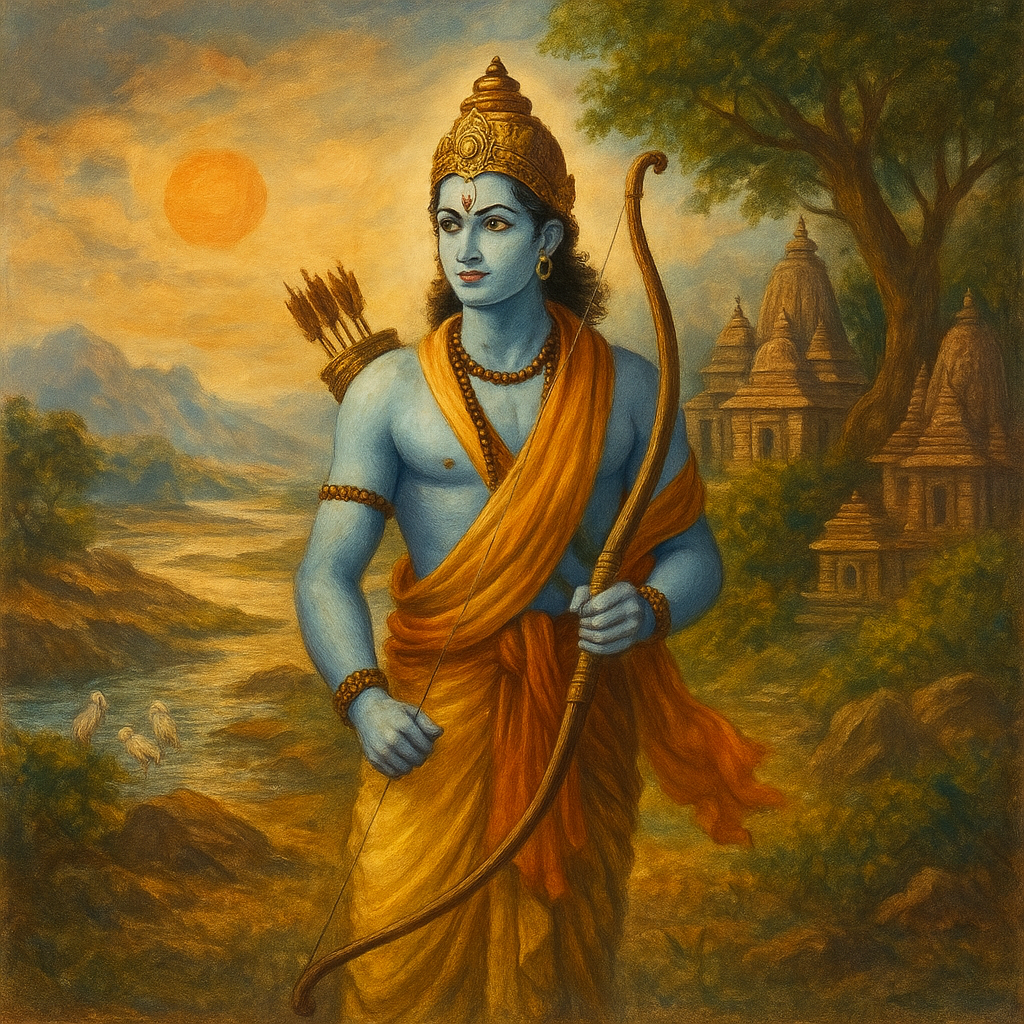
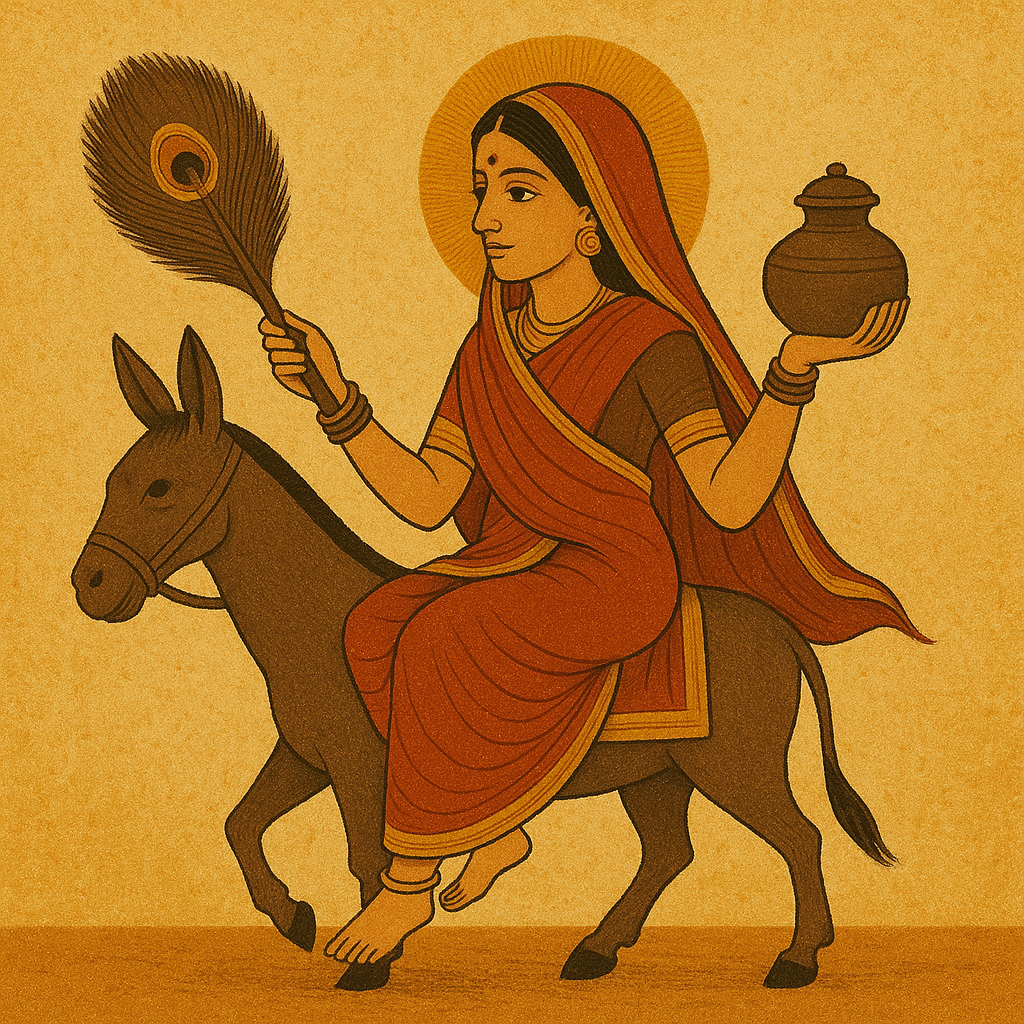
Comments 0
Leave your thought here